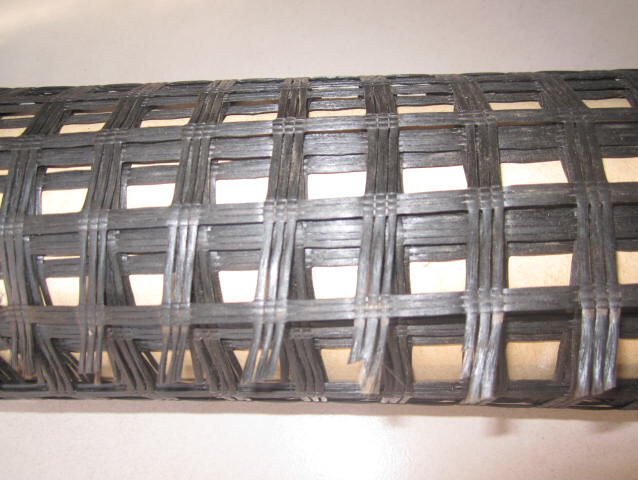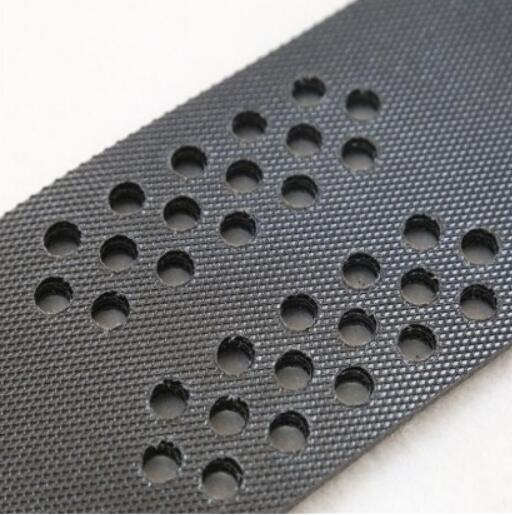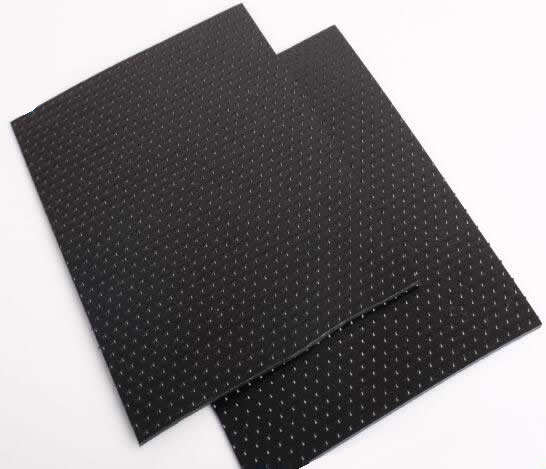- Understanding the Role of Geomembrane Liners in Waste Management
- Innovations in Geomembrane Liners for Water Management
- Geomembrane Liners: A Comprehensive Guide
- The Future of Geomembrane Liners in Civil Engineering
- Geomembrane Liners: Enhancing Landfill Stability
Manager:
WhatsApp:+86 177 0135 2670
Tel:+86 177 0135 2670
Email:marketing@okorder.com
Address:3rd Floor, No.2 Building, No.1 Sanlihe Road
HDPE Geomembranes in Landfill Lining: A Sustainable Solution
Landfills have been a primary method of waste disposal for many years. However, with increasing environmental awareness and stricter regulations, there's a growing need for sustainable solutions in managing landfills. One such solution is the use of High-Density Polyethylene (HDPE) geomembranes in landfill lining systems. These versatile materials offer a range of benefits that make them an ideal choice for landfill projects.

The Importance of Landfill Lining
Before we dive into the specifics of hdpe Geomembranes, it's crucial to understand the importance of landfill lining. Landfill liners act as a barrier between the waste and the surrounding environment, preventing the contamination of soil, groundwater, and surface water. This is particularly important in protecting ecosystems and human health from the harmful effects of leachate, a liquid that forms when water percolates through waste and picks up contaminants.
HDPE Geomembranes: A Sustainable Choice
HDPE geomembranes are made from high-quality polyethylene resin, which is known for its durability, flexibility, and resistance to chemicals, UV radiation, and temperature extremes. These properties make HDPE an excellent material for landfill liners, as they can withstand the harsh conditions found in landfill environments. Moreover, HDPE is a sustainable choice because it is recyclable, reducing the overall environmental impact of landfill projects.
Installation and Maintenance
The installation process of HDPE geomembranes is relatively straightforward and can be completed with minimal disruption to the landfill site. The geomembranes are rolled out and carefully fitted to the contours of the landfill, ensuring a snug fit that prevents leaks. Maintenance is also relatively simple, with regular inspections and periodic cleaning being the primary requirements to keep the geomembrane in optimal condition.
Benefits of HDPE Geomembranes in Landfill Lining
There are several benefits to using HDPE geomembranes in landfill lining, which include:
- Longevity: HDPE geomembranes have a long lifespan, often exceeding 50 years, which means they provide a long-term solution for landfill containment.
- Low permeability: The low permeability of HDPE ensures that contaminants are effectively contained, reducing the risk of environmental contamination.
- Chemical resistance: HDPE's resistance to a wide range of chemicals makes it suitable for various types of waste, including hazardous materials.
- UV resistance: The ability of HDPE to resist UV radiation means that the geomembranes can be exposed to sunlight without degrading, ensuring their longevity.
- Flexibility: HDPE's flexibility allows it to conform to the uneven surfaces of landfills, providing a tight seal and preventing leaks.
- Recyclability: At the end of their service life, HDPE geomembranes can be recycled, reducing waste and contributing to a circular economy.
Case Studies and Real-world Applications
To better understand the effectiveness of HDPE geomembranes in landfill lining, let's look at some case studies. For instance, in a landfill project in the Midwest, HDPE geomembranes were used to line the entire site, resulting in a significant reduction in leachate leakage and improved environmental conditions around the landfill. Another project in Europe saw the use of HDPE geomembranes in a closed landfill, where they were instrumental in preventing groundwater contamination and promoting the site's rehabilitation.
The Future of Landfill Lining with HDPE Geomembranes
As we move towards a more sustainable future, the use of HDPE geomembranes in landfill lining is likely to increase. With advancements in technology and materials, we can expect even more durable and efficient geomembranes in the coming years. Furthermore, as the world becomes more environmentally conscious, the demand for sustainable waste management solutions will only grow.
Conclusion
In conclusion, HDPE geomembranes offer a sustainable and effective solution for landfill lining. Their durability, chemical resistance, and recyclability make them an ideal choice for long-term waste containment. As landfill projects continue to evolve and adapt to new regulations and environmental concerns, HDPE geomembranes will play a crucial role in ensuring the protection of our environment and the health of our communities.
By embracing HDPE geomembranes, we are not only taking a step towards a cleaner and safer environment but also contributing to a more sustainable future for generations to come.
- Previous:The Impact of HDPE Geomembranes on Agricultural Practices
- Next:Innovative Uses of HDPE Geomembranes in Construction






